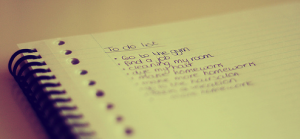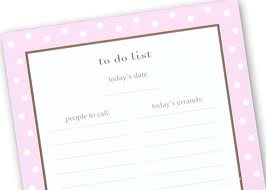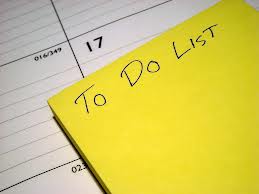An overflowing to-do list is always a source of stress. We’ve complied our favorite methods for organizing, planning, and executing the tasks on your list in a way that is both efficient and easy.
1) Like with Like: Write out your to-do list in a way that groups like tasks together. Potential categories include: phone calls, computer work, physical errands, personal errands (dentist appt., nail appt., etc.) and requests from others and long-term projects.
2) Consider Location: When organizing your list, consider the locations of where physical errands need to be completed. If there is a shopping center that contains multiple stores at which you have tasks, get them all done at once instead of making multiple trips.
3) Timing is Everything: When planning the execution of your to-do list, take into consideration the timing needs of the various tasks. For example, calls to vendors need to happen during business hours, while internet research could take place after hours. If you plan ahead you won’t find yourself pushing off tasks due to an inability to complete them during your free hours.
4) Prepare Yourself for Success: If certain tasks on your list involve physical processes, such as returns, prepare for the possibility of getting them done when the opportunity arises by placing the items (including receipts) in your car. This concept is also true for all other tasks that need to be completed while out and about.
5) Enlist Help: If a task on your list would take you twice as long as it would your husband or a friend, hand it off. In the same respect, if your hourly worth exceeds the cost it would take you to outsource the task to a personal assistant, it likely makes sense to pay for it to be handled instead of doing it yourself.
What are your favorite to-do list tricks?
TWOW






